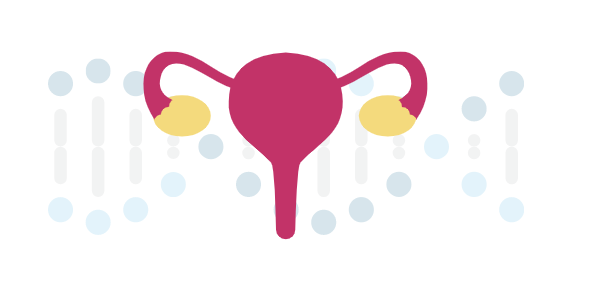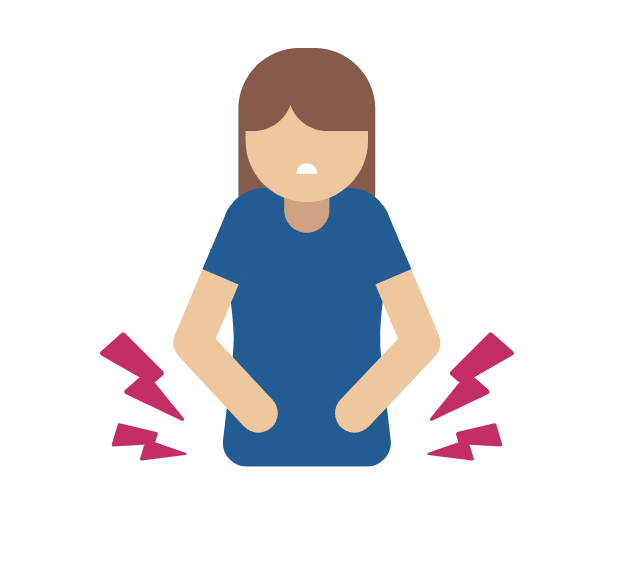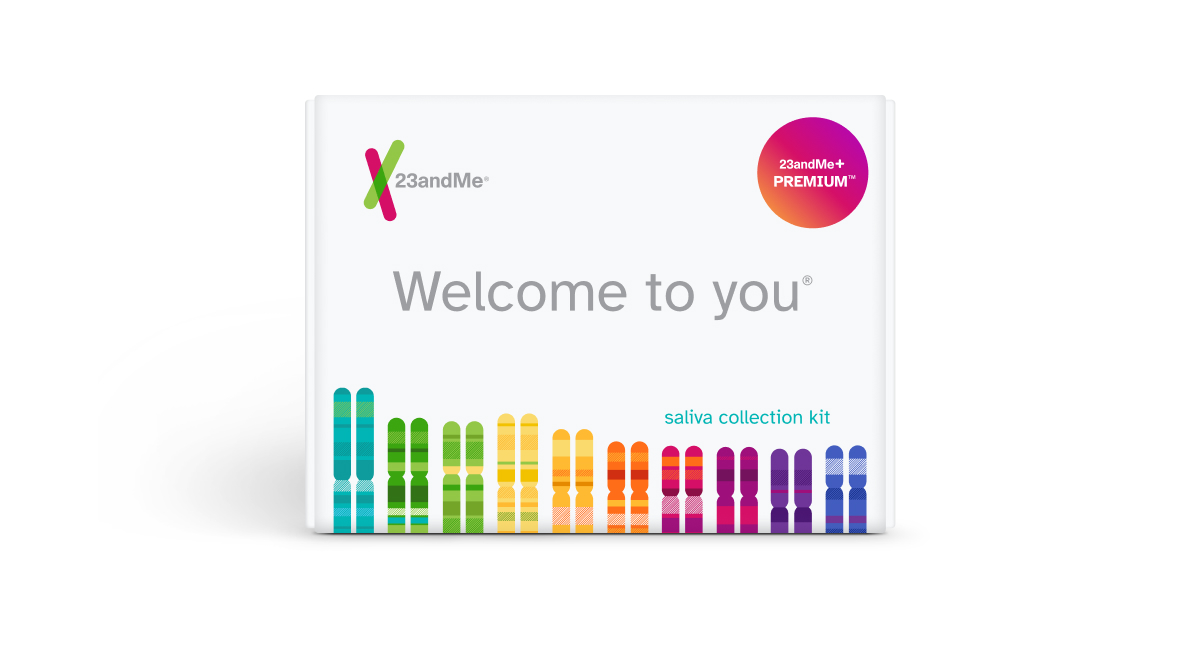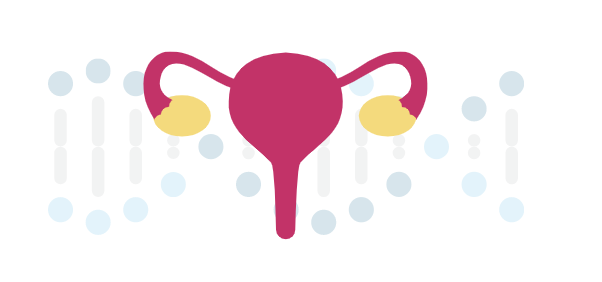Explore Uterine Fibroids and what your DNA can tell you
What are uterine fibroids?
Uterine fibroids are a relatively common type of non-cancerous growth in the uterus. They can vary in size, number, and location within the uterus.

What are the symptoms of Uterine Fibroids?
Not all uterine fibroids cause symptoms, but some can cause heavy menstrual bleeding, pelvic pressure, or pain. In certain cases, excessive menstrual bleeding may lead to anemia.
Some people may also experience the constant urge to urinate or have difficulties emptying the bladder. Other symptoms can include infertility or pregnancy complications.

Are uterine fibroids genetic?
The exact cause of uterine fibroids is still unknown, but studies suggest genetics play an important role because uterine fibroids tend to run in families. People with a first-degree relative with uterine fibroids have an increased chance of developing them.
Did you know?
Uterine fibroids are most likely to be diagnosed in people’s 30s and 40s. Reproductive hormones likely play a role in the condition because many women report less bothersome symptoms after the onset of menopause.
Find out if your genetics might increase your likelihood of developing Uterine Fibroids
Curious what your genetics say about your likelihood of developing uterine fibroids? Find out more with the Uterine Fibroids report (Powered by 23andMe Research), part of the 23andMe+ Premium membership. (This report is available to females only). 23andMe+ Premium includes everything in our Health + Ancestry Service plus new premium reports and features throughout the year.

23andMe+ Premium
Please note:
- The Uterine Fibroids report (Powered by 23andMe Research) does not diagnose uterine fibroids and should not be used to make medical decisions.
- The report was developed by 23andMe scientists using data and insights gathered from thousands of customers who consented to participate in our research. Reports based on 23andMe research provide an estimate of your likelihood of developing a condition based on your genetics and other factors. This report does not account for lifestyle or family history.
- The report does not account for every possible genetic variant that could affect your likelihood of developing uterine fibroids.
References
Chiaffarino F et al. (1999). “Diet and uterine myomas.” Obstetrics and Gynecology. 94(3):395–398.
Stewart E et al. (2016). “Uterine fibroids.” Nature Reviews Disease Primers. 2:16043.
